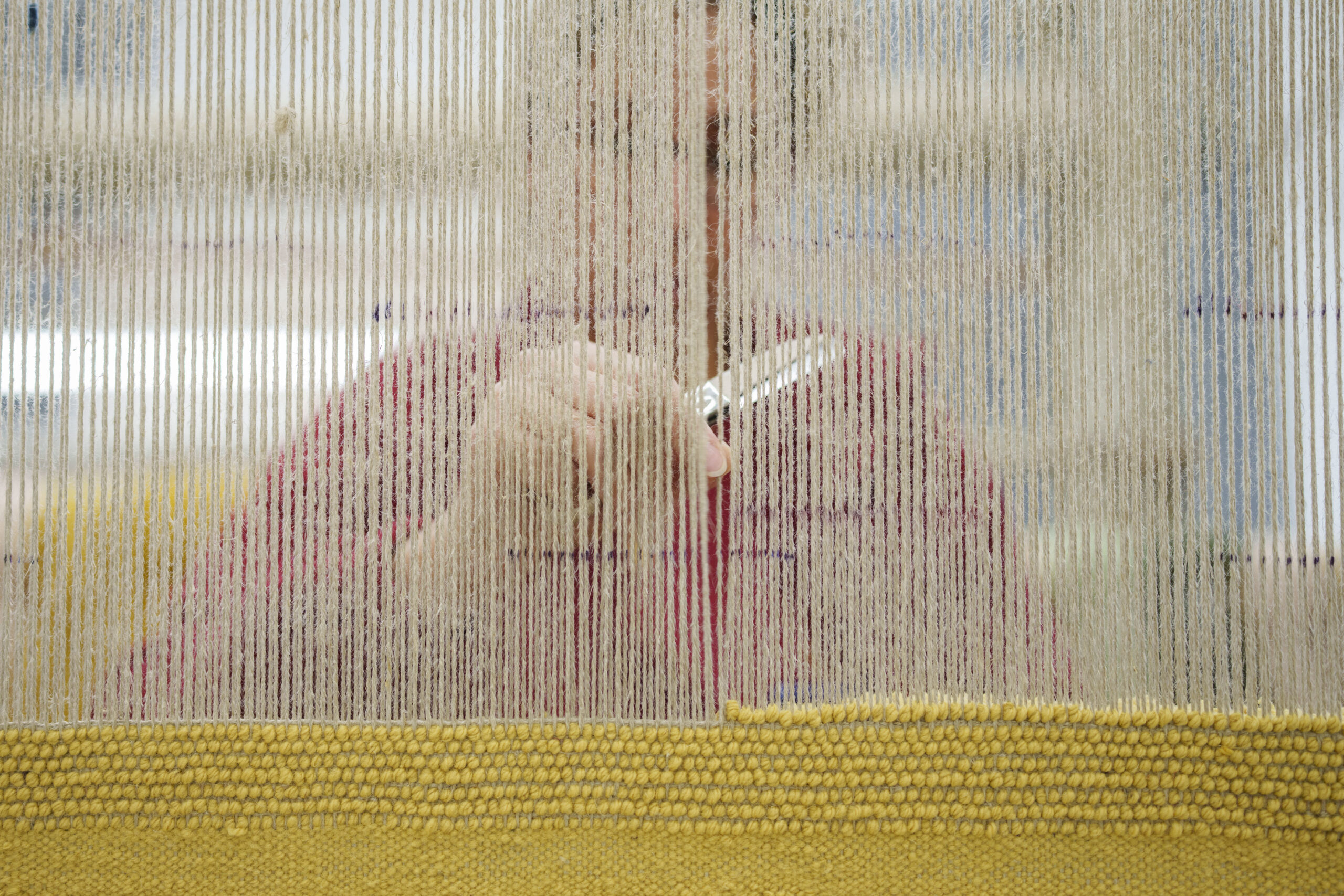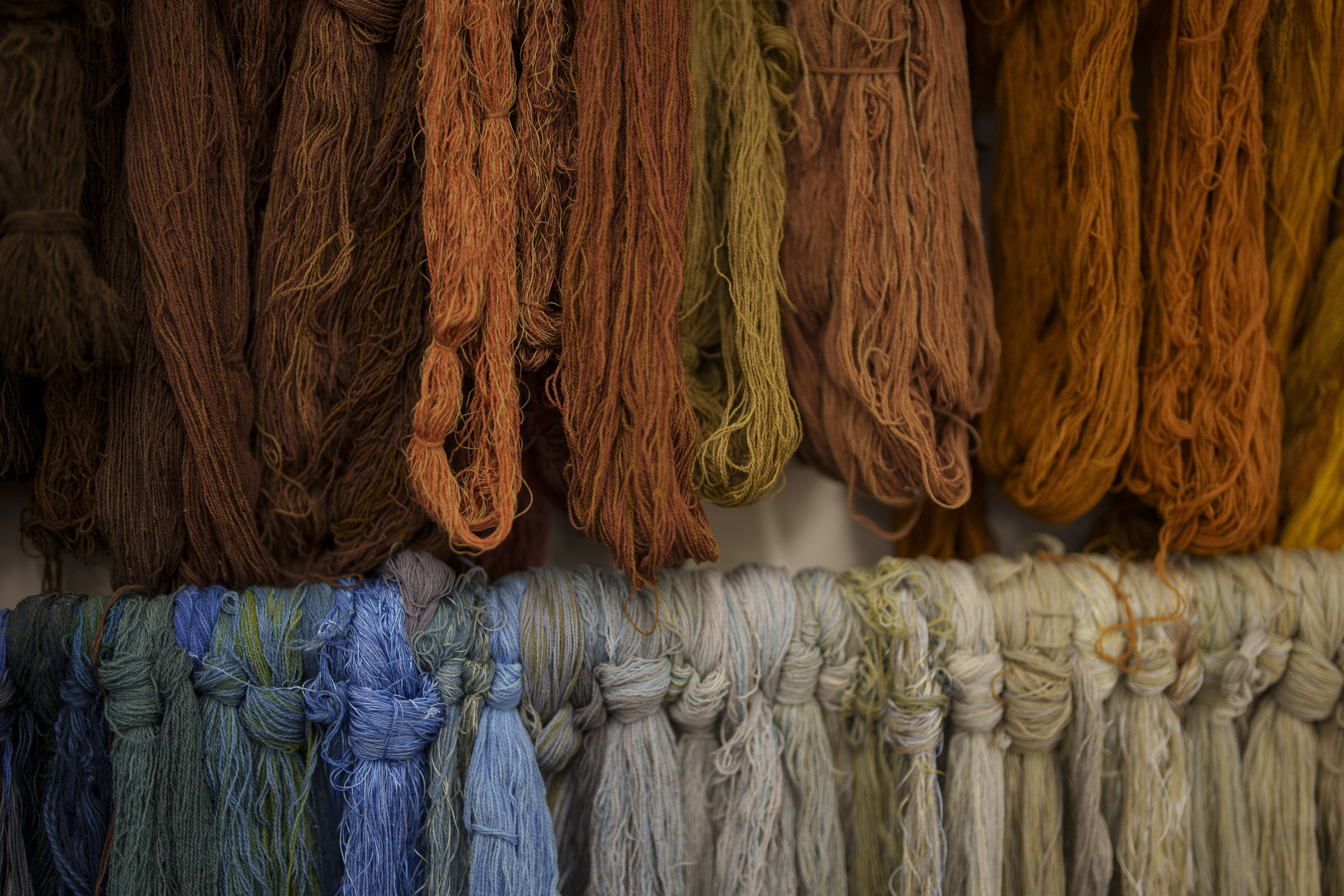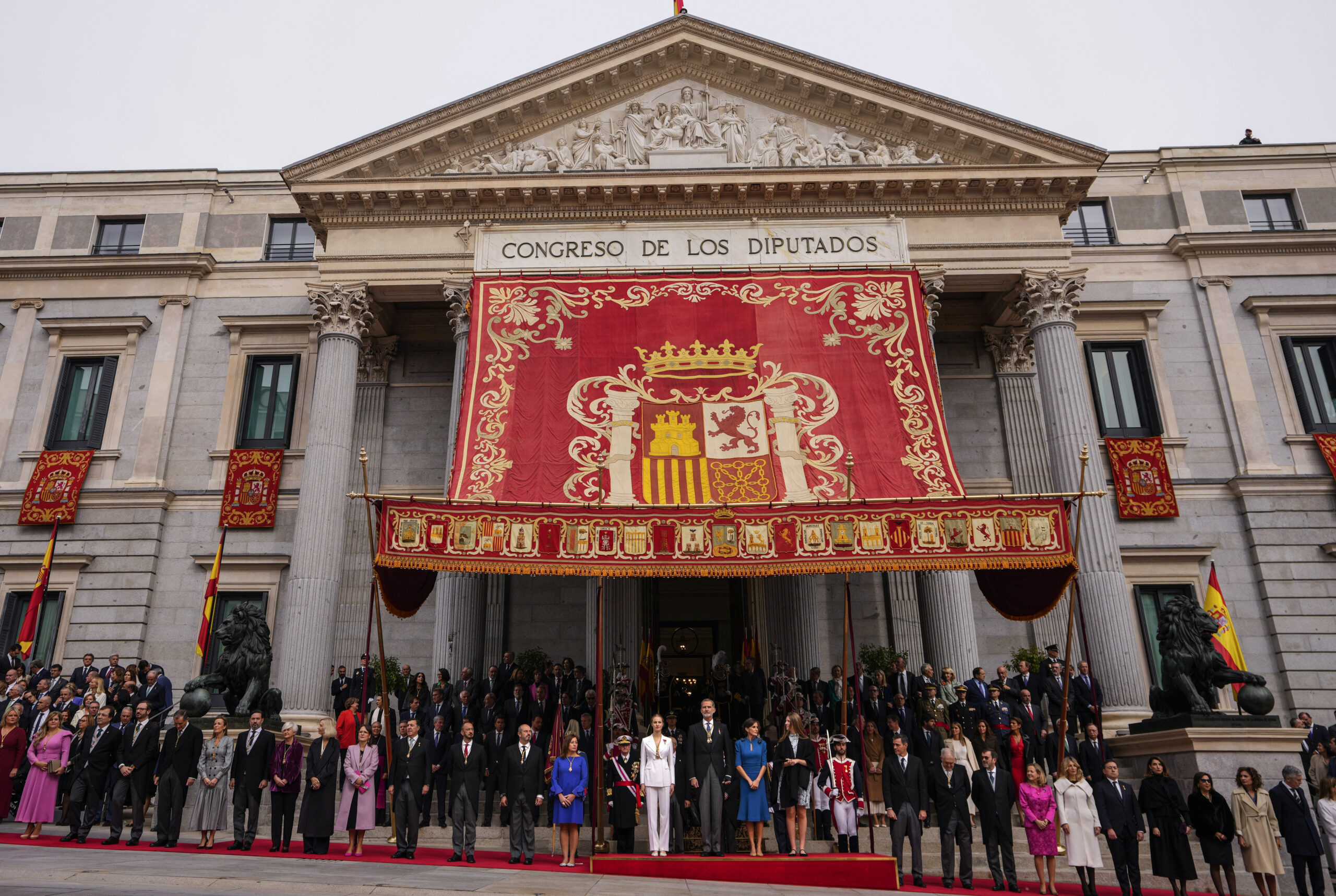MADRID (AP) — Spain’s Royal Tapestry Factory has been decorating the walls and floors of palaces and institutions for more than 300 years.
Located on a quiet, leafy street in central Madrid, its artisans work with painstaking focus on tapestries, carpets and heraldic banners, combining the long wisdom of the craft with new techniques.
The factory was opened in 1721 by Spain’s King Felipe V. He brought in Catholic craftsmen from Flanders, which had been part of Spain’s empire, to get it started.
Threads and wool of all colours, bobbins, tools and spinning wheels are everywhere. Some of the original wooden machines are still in use.
The general director, Alejandro Klecker de Elizalde, is proud of the factory’s sustainable nature.

“Here the only products we work with are silk, wool, jute, cotton, linen,” he said. “And these small leftovers that we create, the water from the dyes, or the small pieces of wool, everything is recycled, everything has a double, a second use.”
The factory also restores pieces that have suffered the ravages of time, and it boasts one of the most important textile archives and libraries in Europe.
Nowadays, 70 per cent of customers are individuals from Latin America, Europe and the Middle East.
The factory recently received one of its biggest orders, 32 tapestries for the Palace of Dresden in Germany — worth more than 1 million euros and providing work for up to five years, according to Klecker de Elizalde.
In 2018, the factory finished a private Lebanese commission for a tapestry replica of the monumental Tate Gallery pen and pencil work “Sabra and Shatila Massacre” by Iraq artist Dia al-Azzawi. It depicts the horrors of the 1982-83 atrocities by Christian Phalangist militia members in Palestinian refugee camps that were guarded by Israeli troops.

Creating a tapestry is a delicate process that takes several weeks or months of work for each square metre.
A tapestry begins with “cartoons,” or drawings on sheets of paper or canvas that are later traced onto vertical thread systems called warps, which are then woven over.
One of the factory’s most illustrious cartoonists was master painter Francisco Goya, who began working there in 1780. Some of the tapestries he designed now hang in the nearby Prado Museum and Madrid’s Royal Collections Gallery.







